Why does 10+6=16?
This year I have been using small group math instruction to guide my kinders. I’ve shared how its laid out and even a sample lesson called: Composing & Decomposing: A Guided Math Lesson Plan Flow
I am very thankful for the insight that these opportunities provided since the way I was doing math in all my years past… I would’ve never known about the way my kinders think. I proposed a question to my kinders as part of a warm up activity this week.
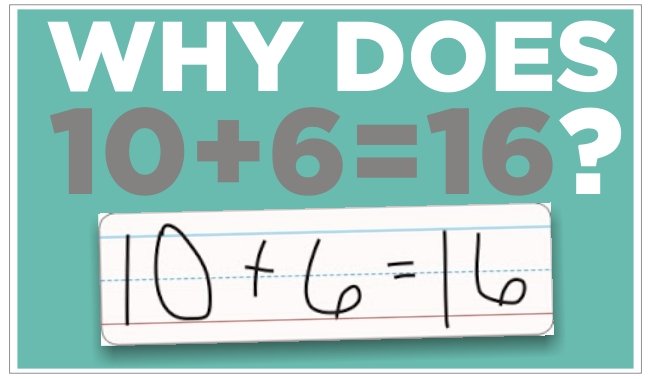
My question was, “Why does 10+6=16?” I wrote it on a white board, gave them all a very long time to think and I repeated it a few times with emphasis on different parts of the equation.
My kinders were to just think about why.
I knew that my two higher groups would catch on more quickly, but I wasn’t sure about my lower two. It was a great indication of where they were in their concept of numbers in base ten.
My question was, “Why does 10+6=16?”

After one+ min. of almost painful wait time, I asked them to draw/write their reason why to show me.
I’ve never modeled this before!
We’ve always talked about teens being ___ groups of ten and ___ ones, but never in an equation form… so I was very interested to see how they were forming their thoughts {and were they anywhere close to what we were talking about}.
Starting next week we will begin to transition to composing and decomposing teen numbers into equations like this one, so this was good insight as where to start.
I didn’t know what to expect as I passed out their white boards.
I wasn’t sure I was going to be able to understand the drawings or their verbal explanations.
Things don’t always come out clearly when you’re five.
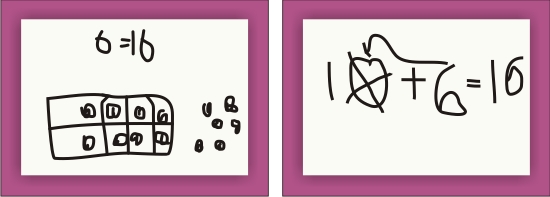
Most of them (who figured out a connection to groups of tens and ones when I emphasized the word TEN as I was stating the equation) drew a ten frame and six little dots (ones).
One showed that you cross out the 0 and drew an arrow for the six to take its place in his equation. I had to admit, that I am grateful to have seen an entirely new way shown to me by one of my kinders.
One showed me taking each numeral in 16 and drawing arrows to the matching number in the equation.
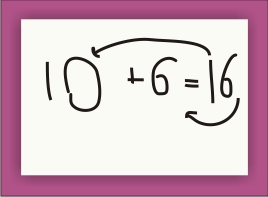
All it took was a few arrows… Now, I’m equipped with another way to work with my kinders as we begin our last quarter of kindergarten together and solidify the skills of:
- K.NBT.1.e. Record the composition of numbers 11-19 through an equation of a group of ten ones and additional ones.
- K.NBT.1.f. Record the decomposition of numbers 11-19 through an equation of a group of ten ones and additional ones.

Erase the 16 and arrows and replace with a plus sign. Discuss, where should the equals sign go.
Most kinders end up seeing the circular reasoning behind it after just a few examples and practicing a couple of equations.

With that explanation now shared, I’m compiling some items we’ve used to practice into a set available for purchase, but you can also download this little piece that is perfect for printing onto overheads.
When cut in half (and edges trimmed) they fit perfectly on a small sized magnetic drawing board making for some great independent practice.
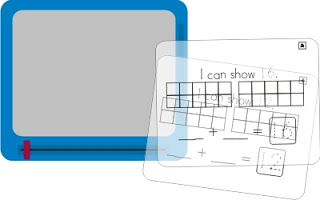
Composing and Decomposing Magnetic Board Cards
Think it might work in your classroom? What tips do you have?
If you like what I do here on KindergartenWorks, then be sure to subscribe today. I look forward to sharing ideas with you weekly.

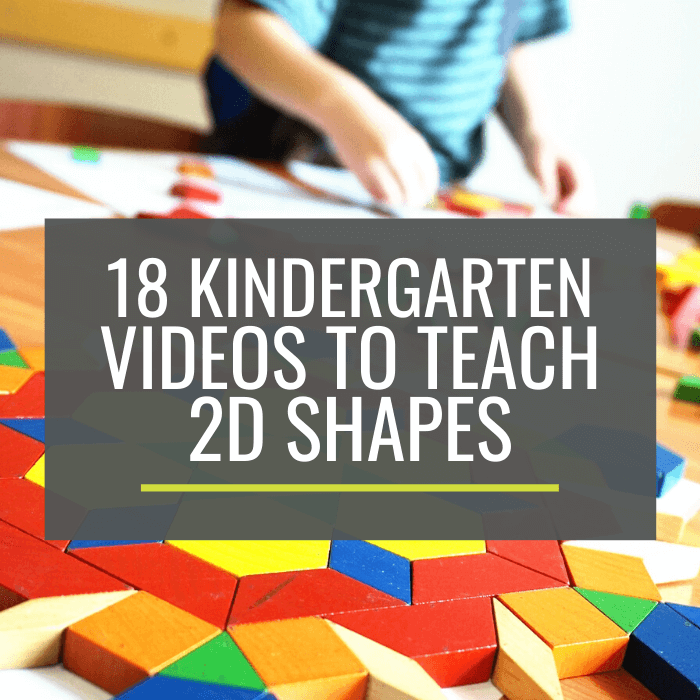
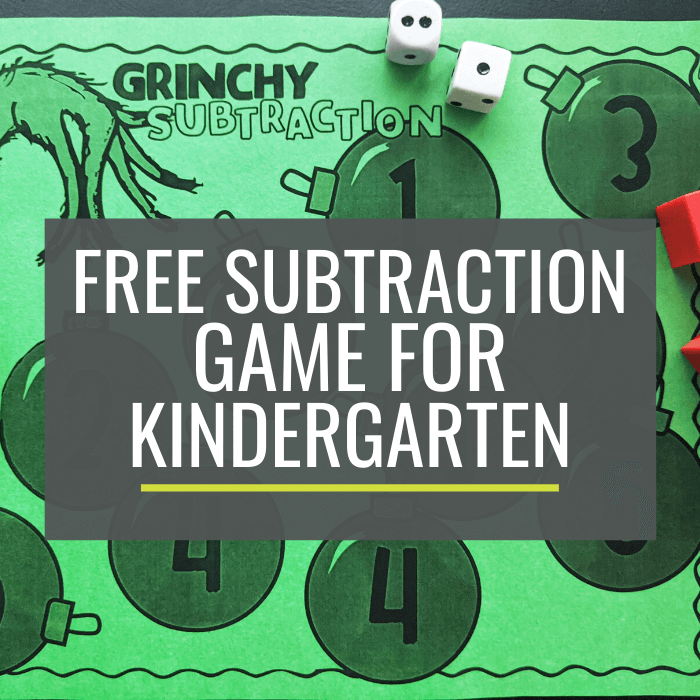
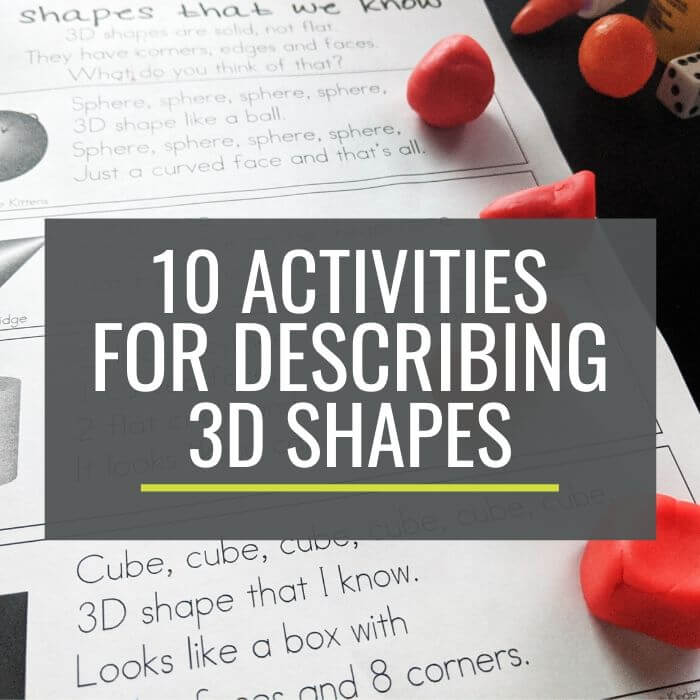
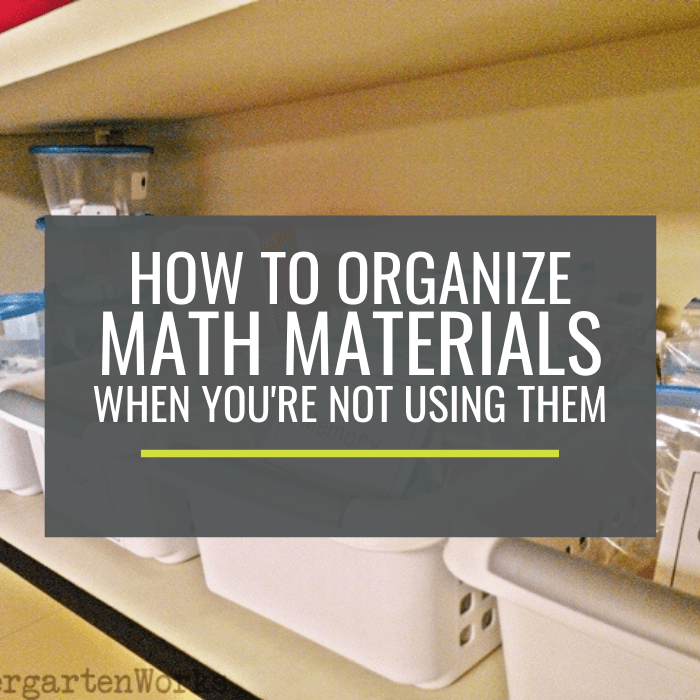
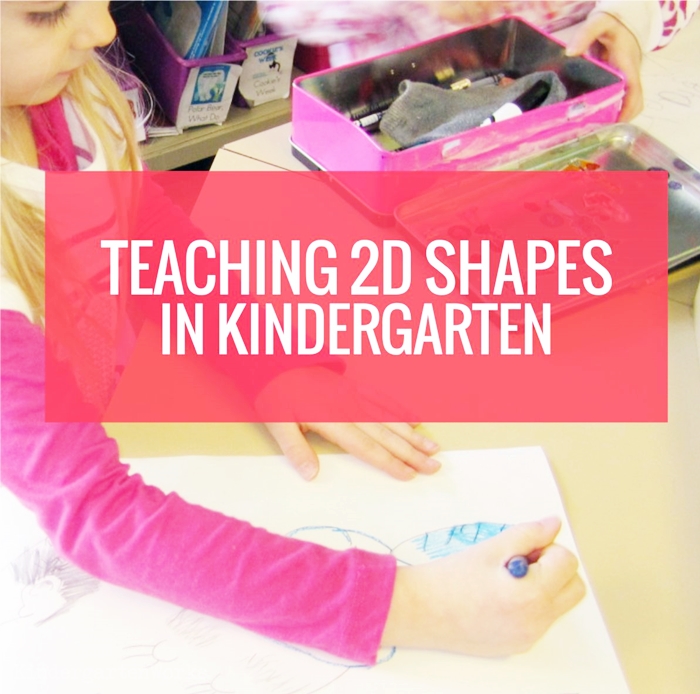
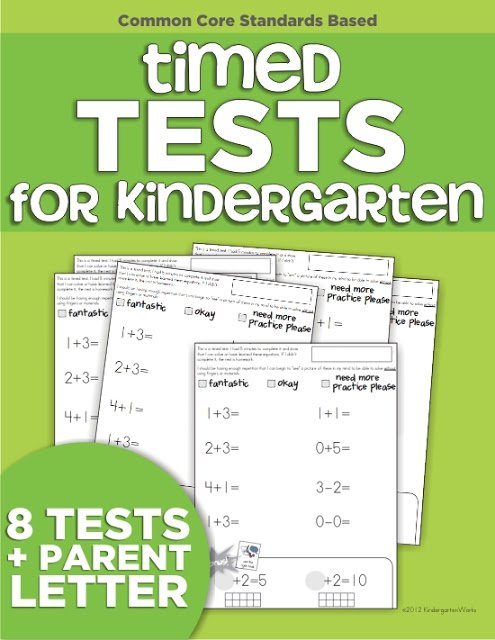
Hi! I noticed you referenced K.NBT.1 and then e & f. I’ve never seen the CCSS written down with the last letters. Do you have a link to the document where the standards are broken down so explicitly? I love it!! Thank you!!
Hi Angie – Indiana has them broken down in to sub-standards for downloading: https://learningconnection.doe.in.gov/Standards/PrintLibrary.aspx
I adore this idea for my K teachers, but the link is no longer working. Is there any way the link could be repaired or could you share the file with me?
[email protected]
Cari
Hi Cari, sorry about that. Give it another try or you can go here to get them too:
http://www.teachersnotebook.com/product/kindergartenworks/composing-amp-decomposing-11-19-cards-for-magnetic-drawing-boards. Thanks!
I love this idea! I have the magnetic boards. Now all I need to do is print and cut! Thank you so much for sharing!!!!!
Thanks Leslie, I love all your math posts
I am loving these math printables!! Thank you, Leslie!
You just must try rekenreks ! These are from Holland, but everyone teaching in New Brunswick is using them. They come in twenty or 100. There are either two rows of ten or ten rows of ten. In a row of ten the first five are red and the second five is white. In the 100 rekenrek there is a color change at 50. These are a wonderful manipulative and can be used for so concepts. I am going to go find several links for you to check these out.
Hi Carol, Thanks for sharing! I do have smaller versions that we created in class. We made beads of 5 onto a pipe cleaner/chenille stick when we were really beginning the whole process, and are now working on a chenille stick with 10. I know it’s not an official rekenrek, but its the same idea! I appreciate your input. Do you use them?
I love this! I am hoping to move to kindergarten next year (will know for sure at the end of April) and I am clueless as to what I can expect. Thanks for this!
~Jada
Daisy Days for Learning
Thanks for sharing. I love the idea of the magnetic boards. I’ll have to give it a try!
Thanks for sharing this, I have the magnetic boards. This will be great! Thanks Leslie!
Love this! I think it’s great that you are having the kids THINK about numbers rather than just memorizing facts. I am going to share this with my K team who are unfortunately firmly on the side of rote memorization of basic math facts in kindergarten rather than decomposing and understanding numbers. I would much rather the kinders come to fist grade understanding why 10+6=16 than having memorized their math facts to 10!
Jennifer @ Herding Kats In Kindergarten
That activity is truly brilliant — getting a peek into their thought process is really priceless. I agree, the more we understand how children think, the better we can teach them!
amazing! I love the visual of the tens and ones…I have some older students this would help.
this is wonderful – I am trying to get my kinders to think more mathematically this year and think about numbers in various ways. So many come into kinder with some concepts of counting objects one at a time, which sometimes hurts when you are trying to get them to look for patterns in numbers and recognize numbers without actually counting. This is a wonderful resource you are providing – thank you very much for sharing!!!
~Kimberlee~
Two Fulbright Hugs
Teacher TimeSavers
Love this!!! Thank you:)
I would love to teach K math! (But nothing else, LOL as I am a 7th grade teacher. I would love to be a math coach at the elem level. Great activity. It is so important that we give them a chance to tell us how they think.
Thanks for sharing! I use small groups during math as well. My kids will love these!!!
Becky
http://teachinglearningloving.blogspot.com/